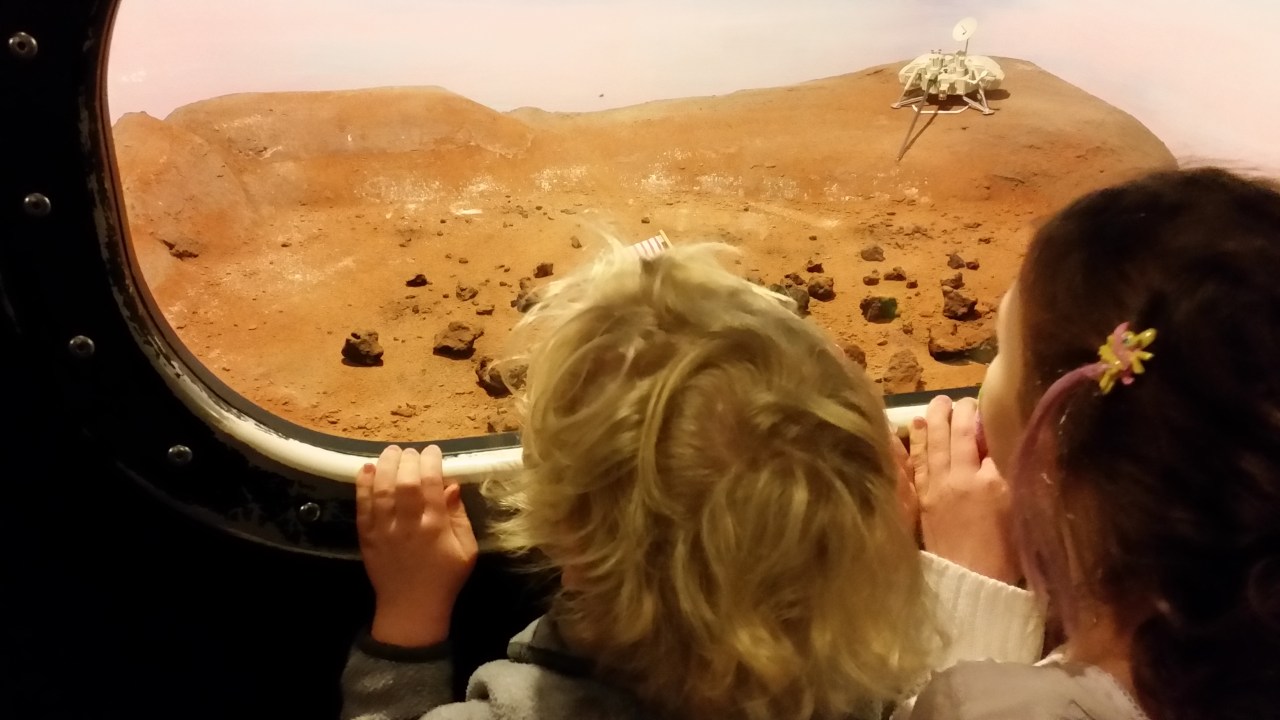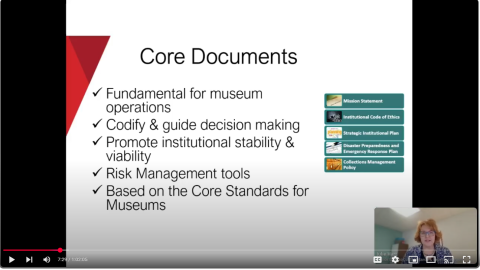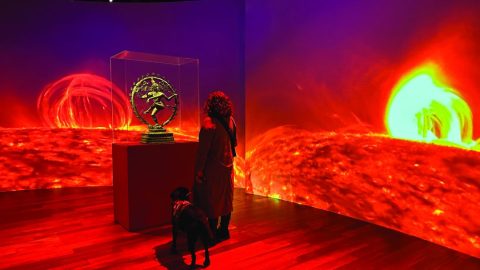
As we work to increase diversity, equity, inclusion and accessibility among museum audiences and in the workplace, we need to attend to the needs of neurodiverse visitors and employees. In today’s post, Claire Madge, founder of the UK-based Autism in Museums, gives an overview of what museums can do, should do, and are doing, to support visitors and staff on the autism spectrum.
–Elizabeth Merritt, VP Strategic Foresight and Founding Director, Center for the Future of Museums.
In 2012 I had just quit my job as a librarian to support my 7-year-old daughter after her autistic spectrum disorder diagnosis. We visited an event called Early Birds at the Science Museum. The museum opened up early at 8:00 a.m.; they kept the numbers low and provided visual support for visitors. Staff were trained in autism awareness and they had thought about the museum environment. For example, they turned off loud interactives and the hand dryers in the restrooms.
This was the first time we had visited the museum as a family; I have three children and two are on the autism spectrum. We had a fantastic day out, something many families take for granted. I wrote a blog post about that day which has now been read over 5,000 times. The response to that post made me realize how many families need events like Early Birds and how many museum professionals need support and advice to put on programs that support autistic visitors.
To help meet that need, I founded Autism in Museums, supporting, encouraging and working with museums to welcome autistic visitors to their spaces.
Autism is a spectrum condition and the barriers that visitors face to accessing museums can vary and be difficult to predict. Crowded busy environments can be a challenge, as can overly bright or dark galleries, loud interactives, or audio that is triggered without warning. Wayfinding in museums can be a daunting prospect for autistic visitors, and the unwritten museum rules about what you can and can’t touch can be difficult to interpret for visitors who have a very literal interpretation of language.
Being accessible is about much more than the physical environment. Around 70% of autistic children are in mainstream school and 44-52% of autistic people have learning difficulties. Thinking about displays and interpretation is as important as designing accessible lifts and ramps.
There are huge benefits to museums in welcoming autistic visitors who often prove to be incredibly loyal, regularly returning as routine is often very important to them. Many autistic people have an intense focus on a particular topic or special interest, which means they are a real asset as volunteers and staff members. This focus was recently picked up in an article where a 10-year-old boy spotted an error in signage at the Natural History Museum.
In the UK, several museums are taking a targeted approach to supporting autistic visitors. Some of the larger museums run early opening events which allow them to restrict the numbers of visitors. The Science Museum has been running a successful Early Birds program for many years and the Natural History Museum Dawnosaurs consistently books out its early opening events.
Many museums, including the National Army Museum and Horniman Museum, are trialing this approach for the first time and invested funding in training staff and providing sensory backpacks to support visitors. Some museums have promoted their quieter visiting times. National Museums Liverpool run events in regular hours across a number of their museums during Sunday mornings when visitor numbers are generally lower.
There is much museums can do even without early opening including. For example, providing materials that allow autistic visitors to prepare in advance for a visit, which helps to remove anxiety over visiting new places. The Museum of English Rural Life has worked in collaboration with local autism groups to provide a visual story and sensory map of their galleries. On their website they also have a Google Streetview tour. (You can find out more about how that was put together here.)
Focusing on your website is a great first place to start, as many visitors with additional needs will research thoroughly before a visit. The Euan’s Guide Access Survey 2017 found that 95% of respondents sought disabled access information about a venue prior to visiting for the first time, and 85% stated that they checked the venue’s website to achieve this. The State of Museum Access Report 2018 produced by VocalEyes with contributions from Autism in Museums looked in detail at the access information provided for a number of different groups and gives advice and tips of the types of information to consider.
Although museums are making great advances in serving autistic visitors, there are still gaps in provision, particularly for young adults and adults on the autism spectrum. The Science Museum recently ran a Night Owls sensory late night for visitors aged 16+, but there is very little out there for the older age range. Autism doesn’t just affect children, and often on leaving school there is little support for transition into work and further education for autistic young people and adults.
Museums that undertake autism training find it not only creates an inclusive environment that benefits visitors, but it also improves the working environment for volunteers and staff. Figures from the National Autistic Society on autistic people in the workplace are depressing: only 16% of autistic adults work full-time compared to 47% of disabled people. This is despite the fact that 77% want to work.
National Museums Liverpool, who were recently voted the number one most accessible visitor attraction in the UK by Revitalise, have been working with supported internships providing access to meaningful paid work placements across their departments for young people aged 16-24 with additional needs.
These initiatives benefit everyone in the workplace by improving working practices for all staff. That is the salient point about all these initiatives: they benefit everyone, staff and visitors alike. Improving the information presented on your website and creating visual stories can support those with learning difficulties and dementia. Training and awareness for staff often impact life outside the work environment and benefit society as a whole.
To find out more about Autism in Museums please visit our website where you can find some resources, blogs and events calendar. You can follow our work on Twitter @AutisminMuseums and on Instagram @AutisminMuseums
If you would like to get in touch, need advice or want to share your autism initiatives via the blog you can email me Claire Madge – info@autisminmuseums.com









Such an inspiring read! It’s amazing to see the efforts being made by museums to create inclusive experiences for individuals with autism. The discussion on sensory-friendly exhibits and inclusive programming is a game-changer. Thank you to the author for highlighting this revolution in making museums more accessible and welcoming to all.